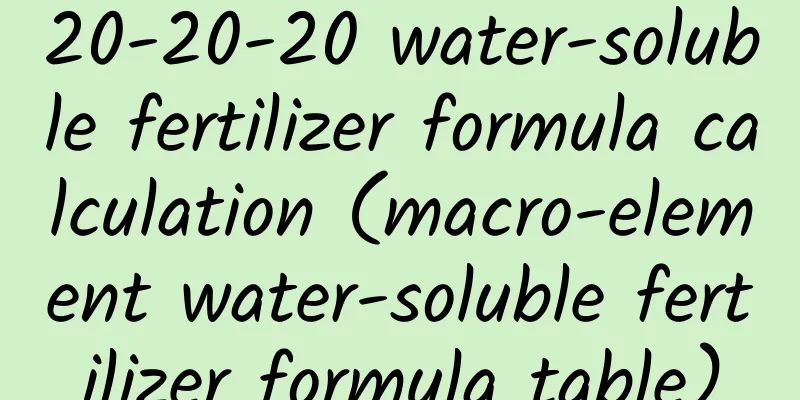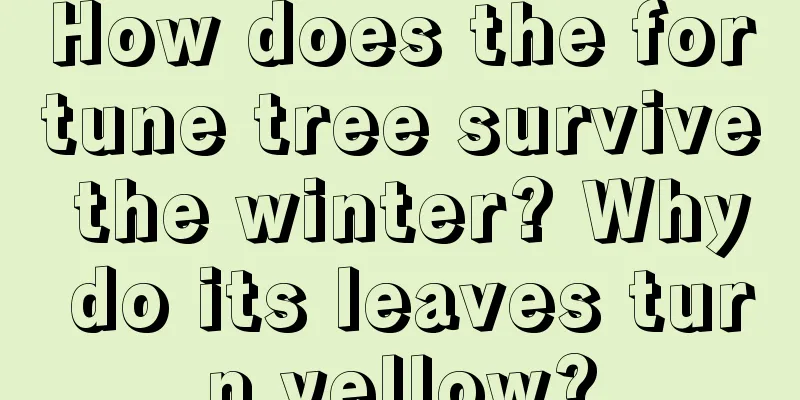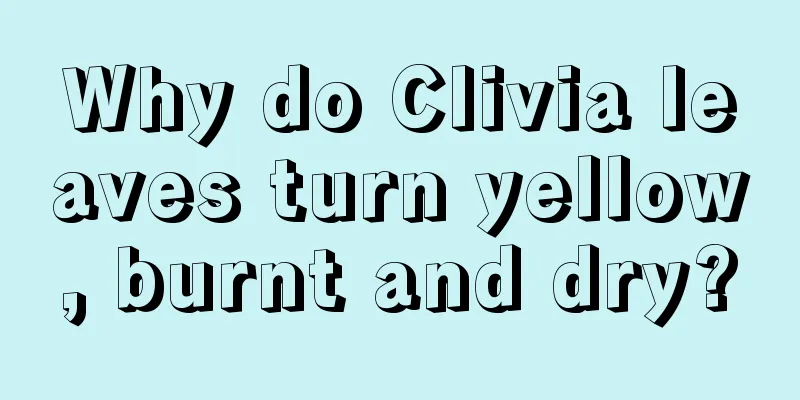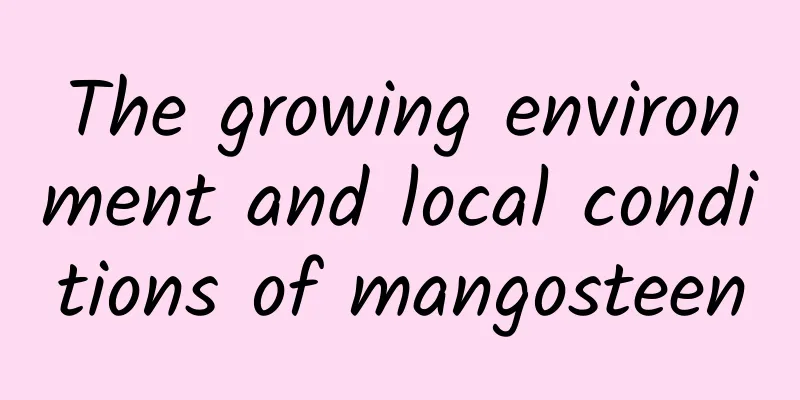10 parts of fruits and vegetables that you cannot eat! Remember to avoid! Otherwise you will be poisoned!
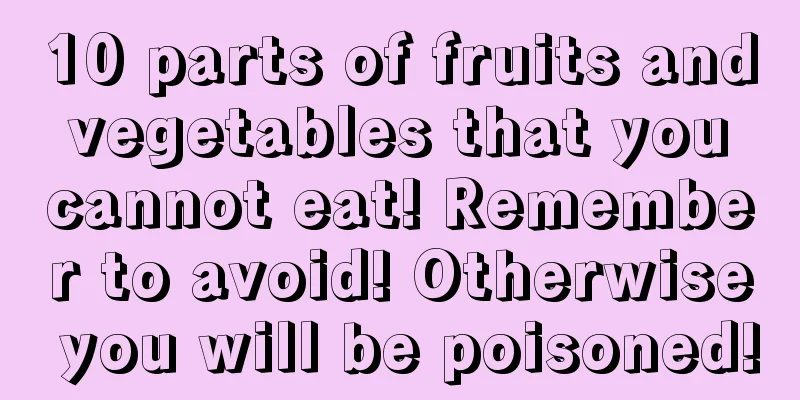
Wanted: CherryHiding place: Leaves and pits contain hydrocyanic acid Cherry seeds can produce hydrocyanic acid if they are crushed, chewed, or even slightly damaged. Symptoms of mild poisoning include headache, dizziness, confusion, anxiety, panic and vomiting. Large amounts of hydrocyanic acid can cause breathing difficulties, high blood pressure, a rapid heart rate, and kidney failure. Wanted: AppleHiding location: Fruit pits contain hydrocyanic acid The pulp doesn't contain any toxic chemicals, but you'll find cyanide in the core of an apple. Although eating the entire core of an apple will not kill you, it is definitely bad for your health. Of course, if you eat too many apple cores (provided you chew and swallow them), there are possible complications. Wanted: BeansHiding location: Toxins at both ends and sides If it is not removed or cooked, it can easily cause adverse reactions such as nausea, vomiting, diarrhea, and dizziness. The toxin content in undercooked beans that are cooked to 80℃ is actually higher, so the best way to eat beans is to pinch off the two ends and stew them over high heat. Make sure the water in the pot covers the beans, and cook for another 30 minutes after the water boils. Wanted: Rootless Bean SproutsHiding location: Rootless bean sprouts Many families like to choose bean sprouts without fibrous roots, short and thick stems, and small top buds to eat, believing that such bean sprouts are tender and crisp, with less waste and quick cooking. However, experts warn that this kind of bean sprouts is highly toxic, has certain carcinogenicity, and poses a great threat to health. Wanted: Fresh DaylilyHiding place: Colchicine in the roots Fresh golden needles are fresh daylilies. Colchicine is mainly found in its roots. After entering the human body, it produces toxic substances such as oxidized colchicine through oxidation, which destroys the ability of cells to divide, causing cell death, and causing gastrointestinal discomfort, abdominal pain, vomiting, diarrhea and other symptoms similar to acute gastroenteritis, which are very easy to misdiagnose. Wanted: RapeseedHiding place: Many pesticide residues in the roots When spraying pesticides, due to the effect of gravity, the pesticides will flow down the leaves and stems of the vegetables and gather at the roots. Because vegetable roots are close to the ground, the chance of pesticide decomposition is small, so pesticide residues are more stubborn. When eating rapeseed, it is best to cut off the roots close to the ground rather than cooking the whole plant just for the sake of appearance. Wanted: PotatoHiding place: The skin contains solanine Potatoes contain solanine (also known as solanine), which is a weakly alkaline glycoside. This toxic substance is almost entirely concentrated in potato skins, especially those that have turned green or sprouted due to sun exposure. Solanine can irritate the gastrointestinal mucosa, paralyze the respiratory and motor centers of the brain, and also has a hemolytic effect. When solanine accumulates to a certain amount in the body, it may cause chronic poisoning. Wanted: LeekHiding location: Leaves containing blue vitriol When purchasing, please note that ordinary leeks are a dull grass green color and are straight and plump; blue alum leeks look shiny as if they were waxed, are unusually bright, and have faint blue spots. Wanted: TomatoHiding location: Green tomatoes contain tomatine Green tomatoes are not yet fully ripe, so the lycopene effect cannot be exerted. They are less nutritious and the tomatine they contain is more toxic. If people consume a large amount of tomatine in a short period of time, they may experience symptoms of poisoning. Therefore, it is recommended to choose fresh, red, naturally ripe tomatoes. Wanted: Sweet PotatoHiding place: Skin contains sweet potato ketone The anti-cancer ingredients in sweet potato skin are very high, but because it grows underground and the skin is in direct contact with the soil, many harmful substances will accumulate in the sweet potato skin. Sweet potatoes are also easily infected with black spot bacteria, which manifests as brown and dark brown spots on the sweet potato skin. |
<<: alert! Nine kinds of flowers can easily cause miscarriage in pregnant women!
>>: The efficacy and function of wintersweet flowers
Recommend
Breeding methods and precautions of winter beauty
Breeding methods and precautions Farming methods ...
Can litchi be grown in Hebei?
Can litchi be grown in Hebei? You can grow lychee...
Planting method and time of sunflower seeds (Precautions for growing sunflowers in pots)
Planting methods and precautions for sunflower se...
Planting methods and techniques of four-season strawberries
1. Planting time Four-season strawberries are gen...
Cultivation methods and precautions of Staghorn Begonia
Staghorn Begonia is very easy to grow. Except for...
What is the best month to plant purple cabbage?
When to plant purple cabbage Purple cabbage is al...
How to trim the fairy finger
When should the fairy finger be trimmed? Pruning ...
Is osmanthus suitable for indoor cultivation?
1. Is it possible? The answer is yes, and it is s...
Cultivation methods and precautions of potted honeysuckle
1. Breeding methods 1. Light: It is a light-lovin...
How to grow spring orchids in summer
1. Temperature The temperature must be kept withi...
How to manage chives after planting, suitable environment for chive cultivation
1. Moisturizing and heat preservation After plant...
Fertilization method of Euphorbia pilosa
1. Apply sufficient base fertilizer The applicati...
How long does the hanging baby's breath last, and what is its meaning and meaning?
1. Flowering period Its flowering period is relat...
How to take cuttings of blue flower dandelion
Illustration of blue flower Dan Start cuttings on...
How to grow plant curtains? Do this and it’ll be done in a month!
Bead curtains Buddha beads, also known as pearl s...



